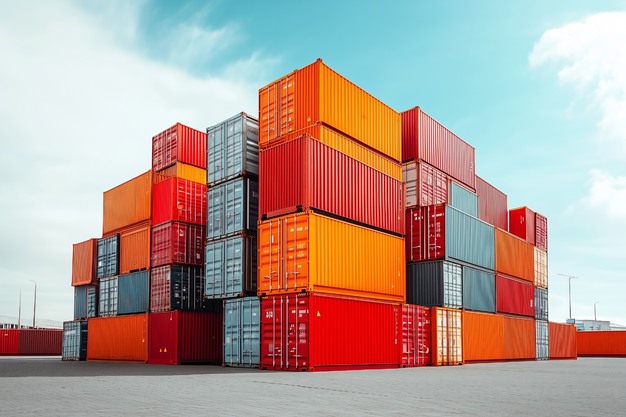According to recent data released by Eurostat, the European Union recorded a trade in goods surplus of €147 billion in 2024. This represents a substantial increase of €113 billion compared to the €34 billion surplus recorded in 2023.

This positive trend marks a significant recovery from the previous deficit seen in 2022, when high energy prices led to a negative balance. Between 2014 and 2024, the EU consistently maintained a trade surplus in goods, except for 2022. Surpluses in machinery, vehicles, and chemicals outweighed deficits associated with energy costs in most years.
The other manufactured goods category shifted from a surplus of €35.3 billion in 2014 to a deficit of €11.2 billion in 2024.
Trade performance and market adjustments
Data analysis indicates that EU imports decreased by 3.4% in 2024 compared to the previous year. This follows a more substantial decline of 16.1% in 2023 compared with 2022. On the other hand, exports showed a modest increase of 1.1% in 2024, recovering slightly from a 0.5% decline in 2023.
Historically, EU trade figures have been subject to fluctuations influenced by external economic conditions. In 2021, there was a robust rebound in trade, with imports surging by 23.8% and exports by 12.9%. This recovery followed the low trade volumes of 2020, which were heavily impacted by pandemic-related constraints.
In 2022, both imports (+41.6%) and exports (+17.9%) increased significantly, driven primarily by rising prices rather than volume growth. The data from 2024 reflects a market correction, balancing out the previous sharp increases.
A positive economic indicator
The surplus growth signals a positive outlook for the EU's trade performance, despite ongoing challenges in the global economic landscape. A Eurostat spokesperson noted, 'The increase in the trade surplus highlights the resilience of key EU industries, particularly chemicals, machinery, and food and drink, despite recent economic pressures.'
Eurostat continues to monitor and report on trade trends, providing stakeholders with timely and accurate data. For a comprehensive overview, readers can access the full Statistics Explained article on international trade in goods via the Eurostat website.
More information:
Eurostat
www.ec.europa.eu
